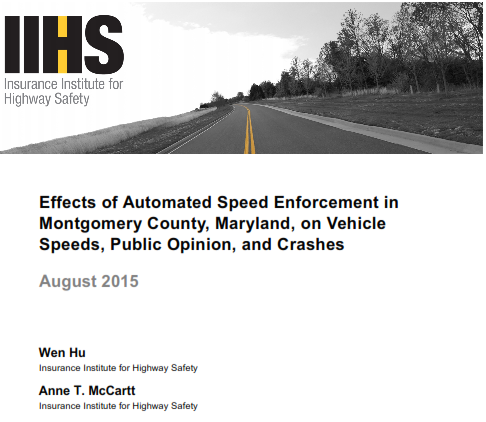(Click on the link for the Popular Mechanics article)
A small change in speed can dramatically increase the energy of a collision.
By Avery Thompson, Jan 17, 2018
If you’ve done a lot of highway driving, you’ve likely driven over the speed limit once or twice. It's easy to think that it’s not actually a big deal to drive 10 or 20 mph over the limit, but in reality,
the difference in speed can be the difference between life and death.
Here’s a thought experiment to illustrate the point. Imagine two cars speeding down the road, one at 70 mph and one at 100 mph. Both of them spot an obstacle in the road at the same time and both drivers slam on the brakes at the same time. The car traveling at 70 mph comes to a stop just in front of the obstacle. Obviously, the 100 mph car hits the obstacle, but what speed is the car going when that happens?
The wonderful YouTube channel Numberphile shows us how to answer that question:
(Click on the image to see the video)
An object’s kinetic energy is proportional to its speed squared, which means doubling a car’s speed quadruples its energy.
A car going 100 mph therefore has more than twice as much kinetic energy as a car going 70. Similarly, in the time it takes the slower car to stop, the faster car won’t have even slowed to 70 mph.
This is why speeding is so dangerous.
Of course, an easier solution might be just to slow down.
At 60 mph it takes the length of a football field to stop on dry pavement!



















